
Photo
Pesticides, manure, and fertilizers run off farm fields and enter the food chain of the marsh. Chemicals from factories are also added to the rivers and end up downstream in the salt marsh, where they...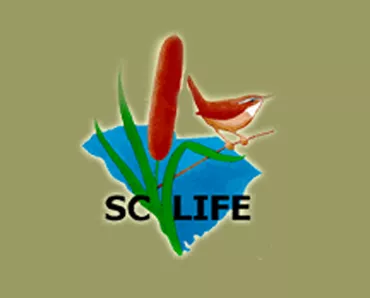
Take a virtual field trip to a South Carolina cove forest and a salt marsh. These virtual field trips were produced in collaboration between Clemson University's SC LIFE Project and South Carolina ETV. The virtual field trips were designed specifically for schools lacking easy access to natural areas.
The SC LIFE Project, supported by an award to Clemson University from the Howard Hughes Medical Institute Undergraduate Science Education Program, uses the natural history of South Carolina (and the Southeast) to illustrate basic biological concepts and to stimulate inquiry-based learning. The SC LIFE Program serves elementary, middle and high school students and teachers. The target grade level of the SC LIFE Virtual Field Trips content is middle school.
SC LIFE materials are available for use only in non-profit educational activities. Any other uses, including activities involving fees for instruction and/or materials, must receive permission from the SC LIFE Project Director. Contact SC LIFE Project Office, 132 Long Hall, Clemson, SC 29634, 864-656-4224, with questions about any of our SC LIFE materials or programs.

Photo
Pesticides, manure, and fertilizers run off farm fields and enter the food chain of the marsh. Chemicals from factories are also added to the rivers and end up downstream in the salt marsh, where they...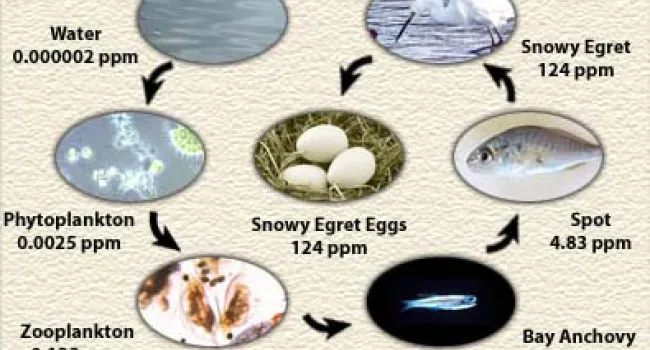
Photo
How can low levels of DDT in farm fields end up at high levels in ospreys? Several different pesticides, an example of which is DDT, can be biomagnified by the food chain. The pesticides are used to...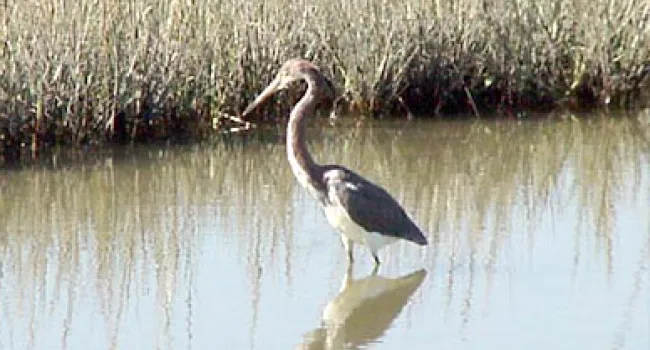
Photo
The tricolored heron is bluish on the back and wing, white on its belly and throat, and reddish-brown on the back of its neck and head. This medium-sized heron is the most common heron of the salt...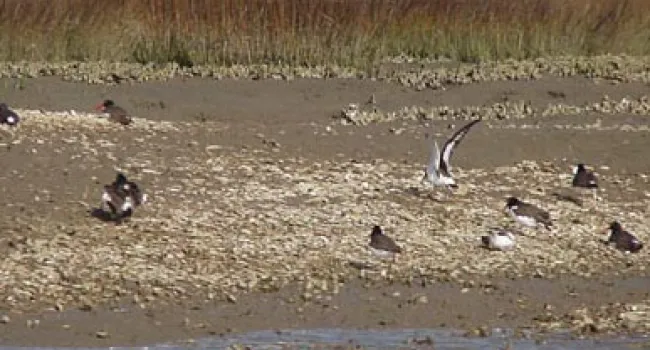
Photo
Boldly patterned in black and white, the stocky American oystercatcher is hard to mistake. It has long red legs and a large red bill. As the name suggests, they feed mainly on oysters, although they...
Photo
Several different annelids are associated with the oyster reef, but the spaghetti worm is one of the largest and most spectacular. The spaghetti worm lives in a burrow of mud that it builds among the...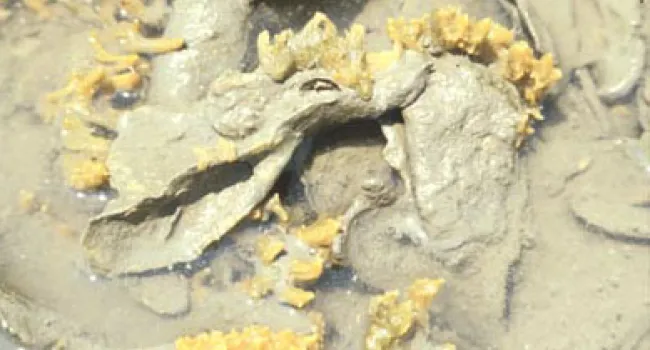
Photo
The sun sponge is named for its unusual lifestyle. It is one of the very few sponges that can tolerate exposure to the sun and air. Nearly every other sponge will die when air gets into its body. Most...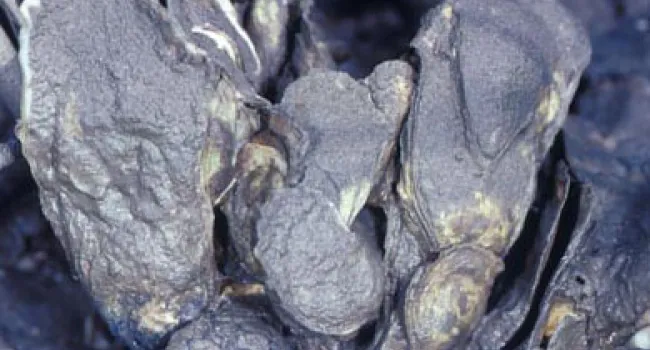
Photo
The Eastern oyster occurs along the entire East Coast, from Canada to the West Indies. It varies somewhat in habitat along this area. Oysters build reefs because the young oysters, called spat, are...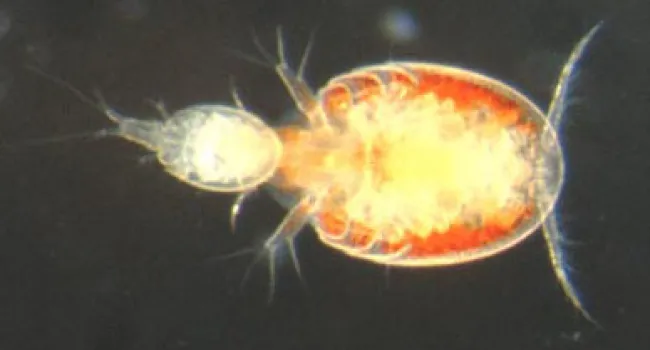
Photo
The most abundant animals in the plankton are copepods, such as the one pictured. As adults, they are less than 1 millimeter in length. The abundance and diversity of plankton species are highest in...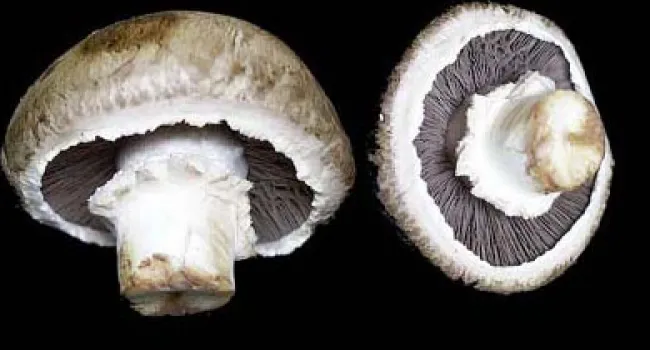
Photo
Fungi are the only kingdom of life not represented in the plankton. Bacteria have only recently been demonstrated to exist in great abundance as our sampling gear has improved enough to capture these...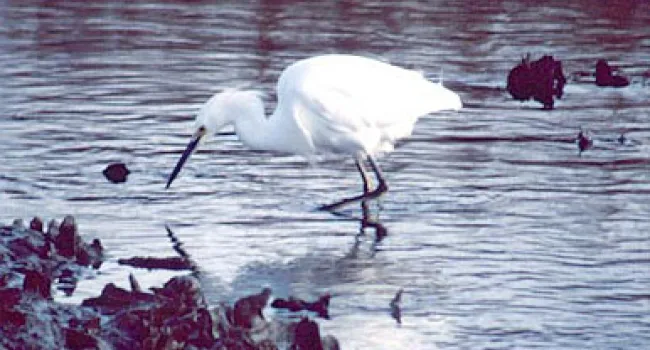
Photo
Snowy egrets are smaller versions of the great egret. They have white feathers, black legs with yellow feet, and a black bill. Snowies sometimes wade slowly through shallow water, stirring the mud...